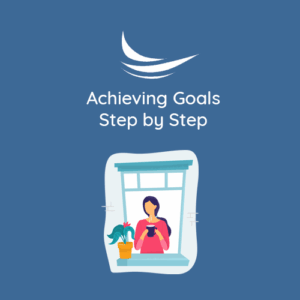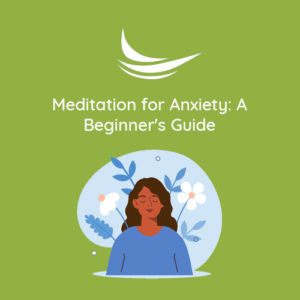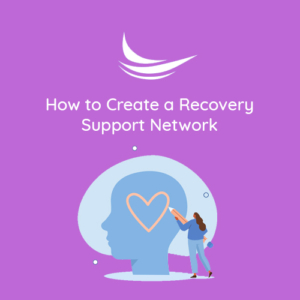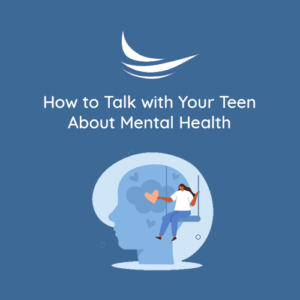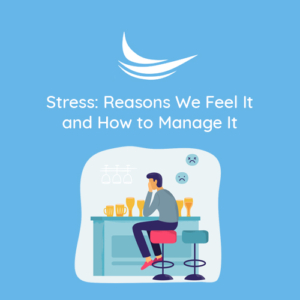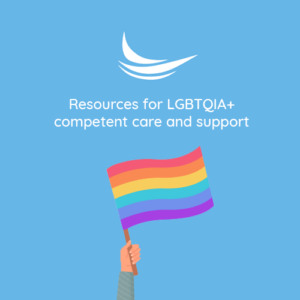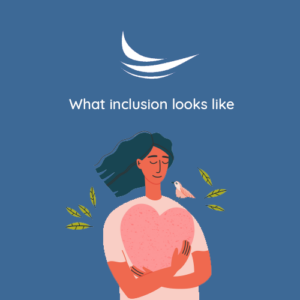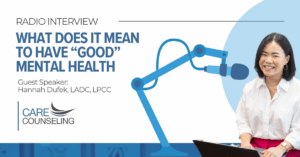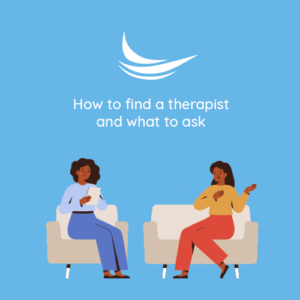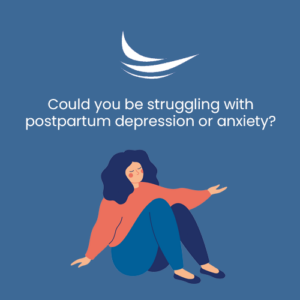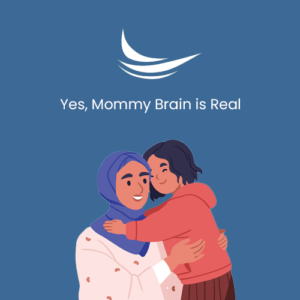The relief of an adult ADHD diagnosis

Maybe you’ve been finding it hard to meet deadlines at work. Or you can’t pay attention during meetings. Maybe you’ve had these issues your whole life.
These are just a few of the symptoms of attention deficit hyperactivity disorder (ADHD). It’s a condition that can affect your attention span, activity level and behavior, and the way you act around others. And it’s a common disorder that’s often first discovered in children.
Here are some reasons that you might not have known you had ADHD until later in life.
You have the inattentive type of ADHD. There are three different types of ADHD:
- Predominately inattentive. People with this type of ADHD may struggle with focus.
- Predominately hyperactive-impulsive. This type of ADHD may include fidgeting and being impulsive (acting without thinking). It can be more obvious to outsiders.
- Combined type. This is a combination of the first two types.
- When trying to diagnose ADHD, doctors do a complete checkup. And sometimes, the most noticeable signs, like hyperactivity, help your doctor diagnose your condition faster. That’s why the inattentive type might be missed when you’re a kid.
You’re a woman. Women are typically diagnosed with ADHD later in life than men. That’s because it may not be as obvious in young girls and teenage girls, notes Cordiano. For instance, girls are more likely to have inattentive symptoms than boys.
In some cases, adults might learn that they have ADHD after they have their own children, explains Cordiano. “A parent will start to realize that this diagnosis resonates with them too,” she says.
You were able to work around your condition. This is called “masking,” explains Cordiano. It means that a person with ADHD is able to find ways to adjust to their condition. They do so by learning ways to handle and adapt to their struggles.8 For example, if you have ADHD, you may often misplace things. To mask your condition, you might constantly check your bag to keep track of your belongings.


